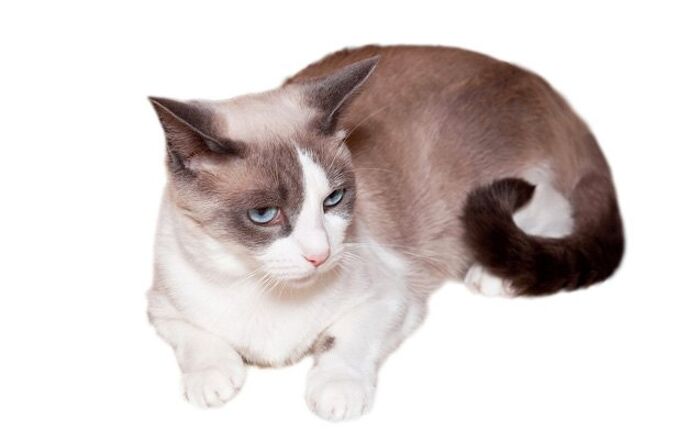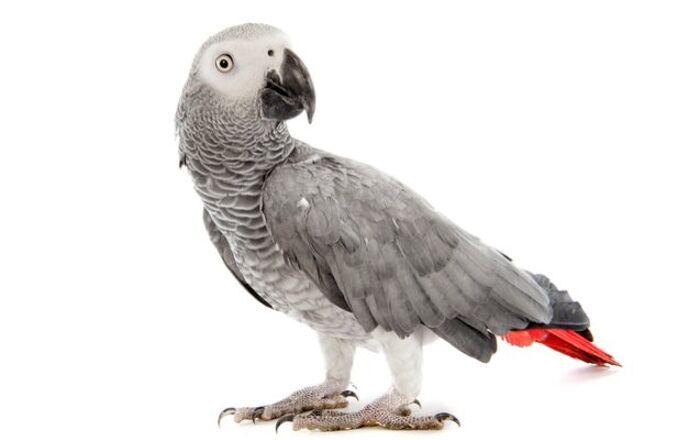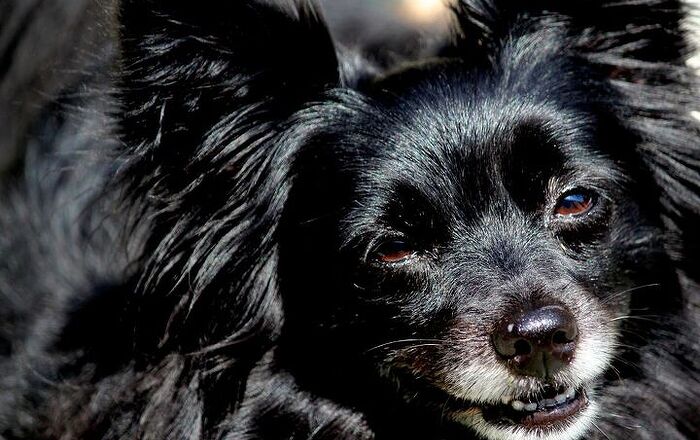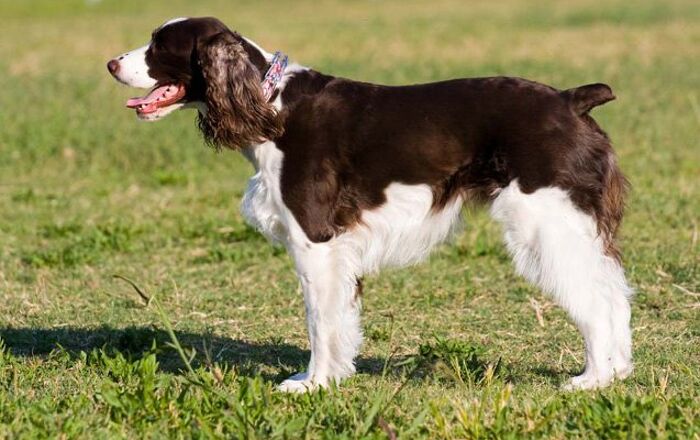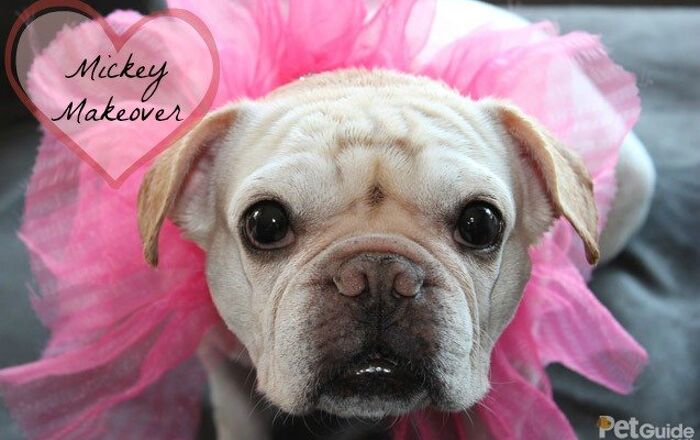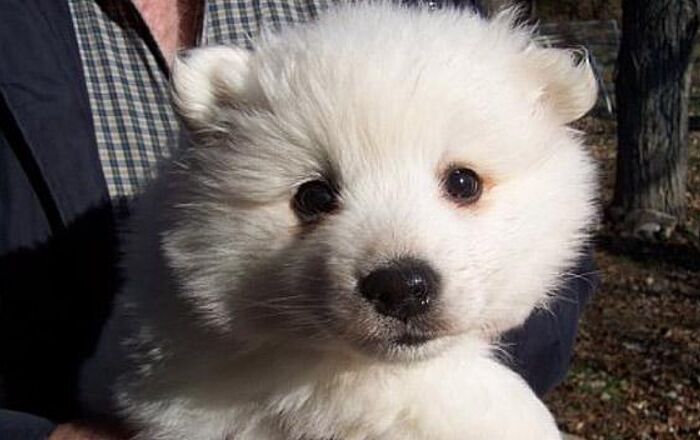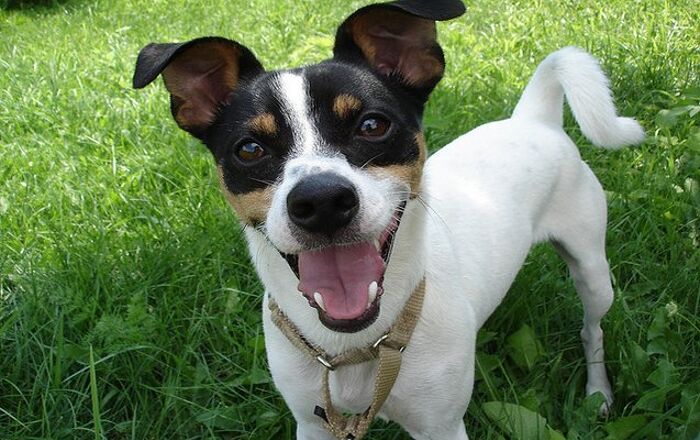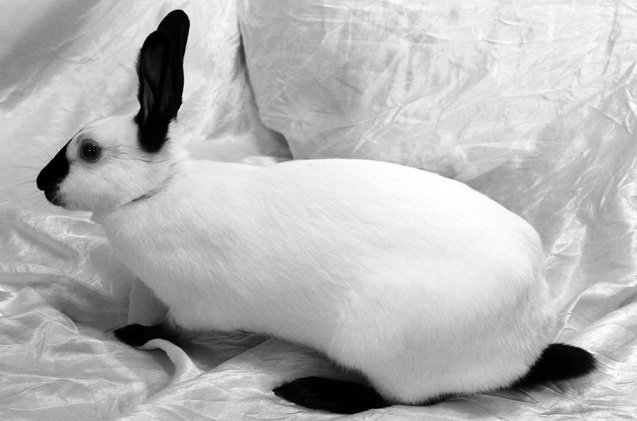
Himalayan Rabbit Breed History/Origin
The Himalayan rabbit is one of the oldest rabbit breeds, so much so that its origin has practically been lost in history. Some say it did indeed originate somewhere in the Himalayan mountain area, however others describe it being seen in other areas of the world. These rabbits made their first appearance in America around the early 1900s and were one of the earliest breeds to be recognized by the American Rabbit Breeder’s Association (ARBA).
The Himalayan rabbit is gentle and patient, making them the perfect pet for families with young children or seniors.
Overall Description
The Himalayan breed is the only kind of rabbit known to have a cylindrical body shape. When looking at this rabbit from an aerial point of view, the sides should be straight from its shoulders to the hind legs with little or no taper. Even when these rabbits are stretched out as far as they can, their feet will remain flat on the surface, which makes them truly unique.
Coat
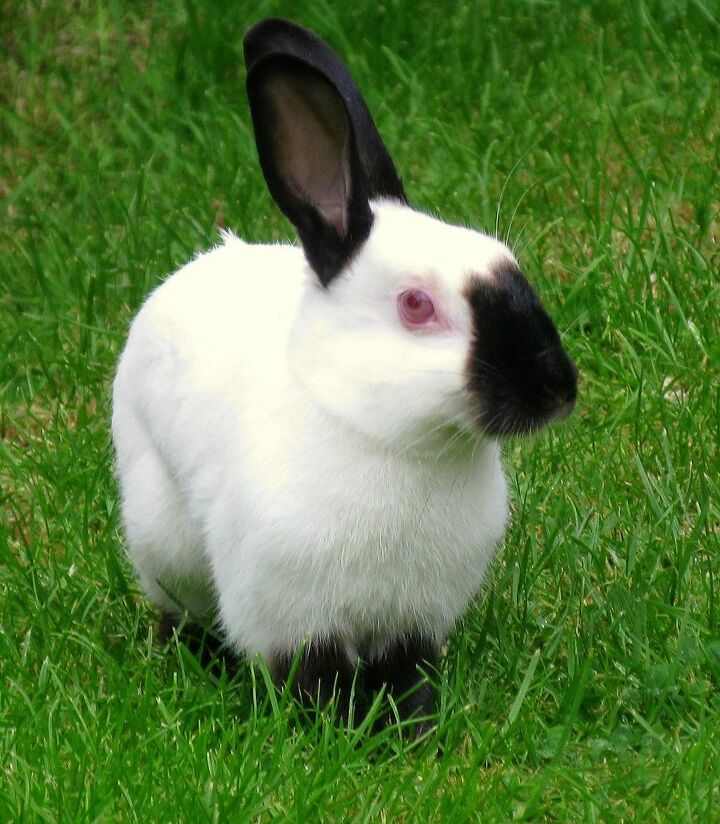
A Himalayan rabbit’s flyback fur is short, soft and doesn’t need much maintenance in order to keep its healthy sheen. Should you find your Himalayan rabbit is shedding more than usual (such as during spring), simply brush their fur 2-3 times per week or as required. Otherwise, a weekly brushing with spot-cleaning using a damp cloth should more than sufficient.
Colors
The Himalayan rabbit’s body is always white with different colored markings. The markings include colored “boots”, an egg-shaped marking on its nose and a colored tail and ears. The markings can be black, blue, chocolate or lilac. This coloration is due to a heat-sensitive enzyme on the Himalayan’s body that creates a brown pigment melanin. This enzyme is active on the parts of the body where the Himalayan rabbit is discolored, such as their ears, nose, feet and tail.
Anything from a rabbit-safe block of wood to a pet-store purchased toy should do fine to ease the Himalayan rabbit’s boredom.
Care Requirements
Himalayan kits (which is short for kittens, also known as baby rabbits) are particularly sensitive to cold, so be sure to bring them indoors if the weather is a little on the chilly side. Should older Himalayan rabbits be exposed to cold temperatures, their white fur could darken, but otherwise, they should do well so long as the temperature does not drop below the freezing mark. Outdoor enclosures should be made of wire or wood and should be raised in order to protect your rabbit from the elements and predators such as coyotes and raccoons.
Indoor enclosures should be made of wire with a plastic bottom so bedding can be placed for comfort. Bedding should be spot-cleaned every day to rid of it feces, and completely changed every week. Some pet parents opt for buying a completely wire cage, however this is uncomfortable for your rabbit’s feet and can cause issues in the long run. Make sure their enclosure is large enough so they can comfortably stretch out of their full size and although Himalayans are relatively small, they are long so make sure you purchase the correct enclosure size.
Like other rabbits, the Himalayan will benefit from a diet that consists 70 percent of high-quality hay and the rest of a healthy mix of fruits, vegetables, leafy greens and pellets. There are plenty types of pellets and hay available on the market, some with higher protein content than the other depending on your budget. Be aware of what kid of fruits, leafy greens and vegetables you have in your home as some are rabbit-safe and others are not. In fact, most leafy greens are unsafe as they can cause digestive issues, especially if you feed your rabbit a large amount of it. Feed your rabbit greens that are high in fiber and nutrients, such as romaine lettuce, and be aware of what kind of fruits you’re feeding (nothing that is too high in sugar).
Health
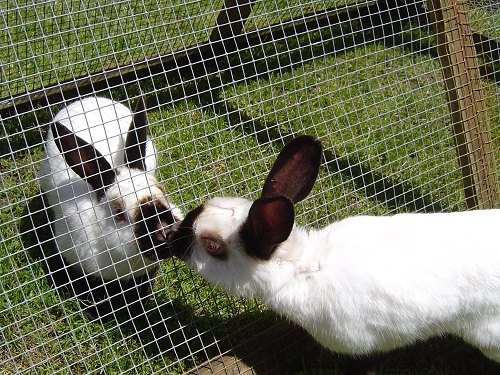
Unlike some rabbit breeds (such as the Angora), the Himalayan rabbit is not susceptible to any particular health issues like Wool block. They do require regular checking in a few places such as their ears (for mites), their coat and backsides (for flystrike) and their teeth (for overgrown teeth).
Overgrown teeth can protrude into your rabbit’s face and jaw and be painful. Symptoms include a loss of appetite, droppings and overall less movement from your rabbit. A diet that is high in hay (70 percent is ideal) should be enough to prevent this painful condition, as hay naturally files down a rabbit’s ever-growing teeth and ensure that they do not overgrow.
When a rabbit’s coat is soiled with feces, urine or other unpleasantness, flies may like to call your rabbit’s bottom their home. They can lay their eggs and once the eggs have hatched, they will eat your rabbit’s flesh while they are alive in order to get the nutrients to grow. This is excruciating for your rabbit and can cause death. If you believe your rabbit may have contracted flystrike, take them to your local veterinarian immediately for treatment.
This rabbit’s small size makes it ideal for smaller hands to carefully pick up.
Temperament/Behavior
This rabbit’s small size makes it ideal for smaller hands to carefully pick up. In fact, this breed of rabbit is not known to scratch or bite humans, making them the perfect pet for families with young children or seniors looking for a furry companion to add some color to their life. They are generally calm-natured animals who don’t mind being picked up, petted and handled and unlike other high-energy rabbits, Himalayans are not particularly active.
Having said that, they do require plenty of time out of their enclosures not only to socialize and bond with their human family but also to stretch their legs and catch some sunshine. Should you live in an apartment, pull back the drapes so your Himalayan can enjoy some much-needed Vitamin D and if you have a yard, make sure it is fenced so your rabbit won’t escape. These rabbits also wouldn’t mind having some toys to play with and chew up (not unlike other dogs like dogs and birds!). Anything from a rabbit-safe block of wood to a pet-store purchased toy should do fine to ease their boredom.
Rabbits are not impossible to litter train, however they are significantly more challenging than training, let’s say, a dog or a cat. They have the tendency to “go” anywhere they please because in their mind, your living room court very well be their courtyard. To remedy this requires plenty of patience…and lots of litter boxes. Place a few litter boxes around your home where you find your Himalayan tends to do the deed and with lots of hard work (and rewards!), you should be well on your way to litter-training your little rabbit.
Photo credit: cat.read/Flickr; Lauren/Flickr; Amanda Loomis/Flickr




